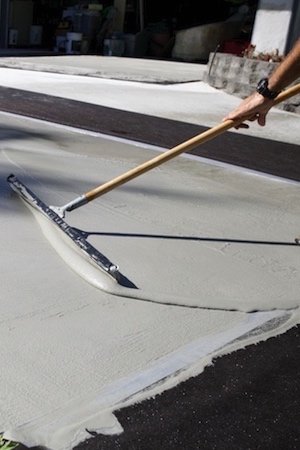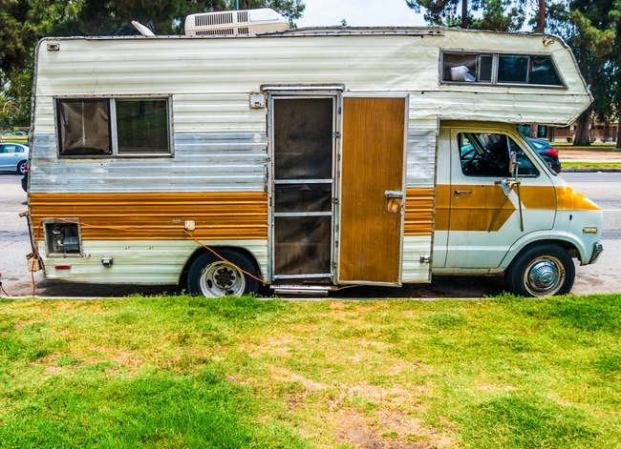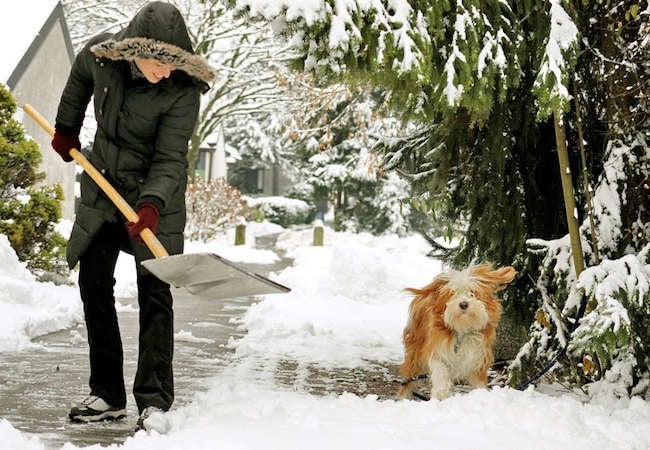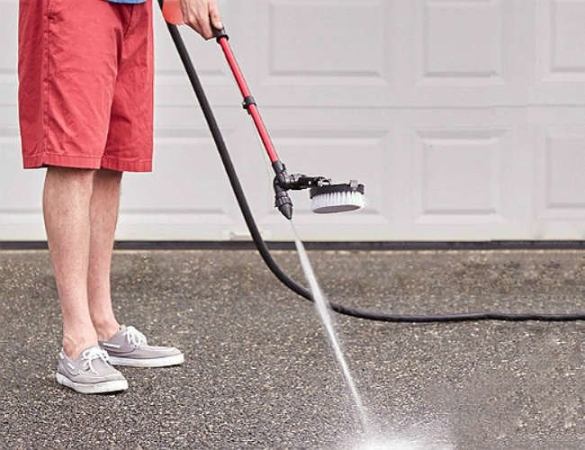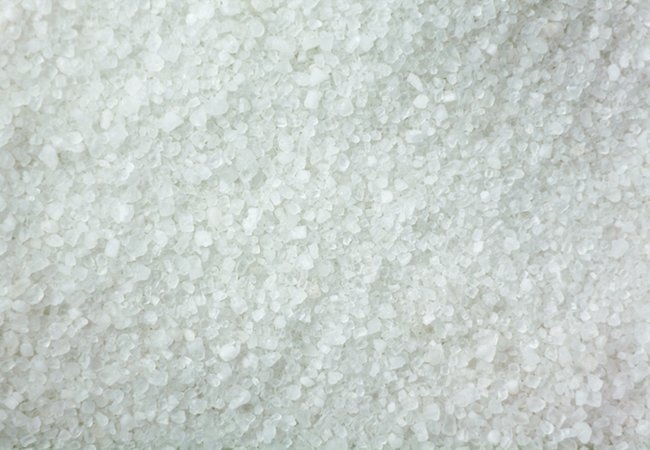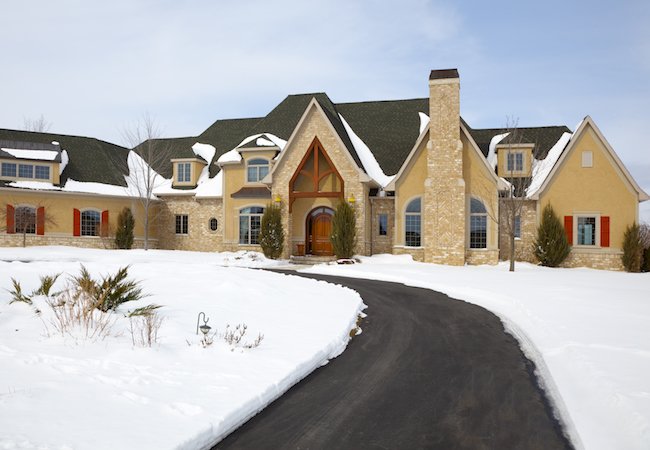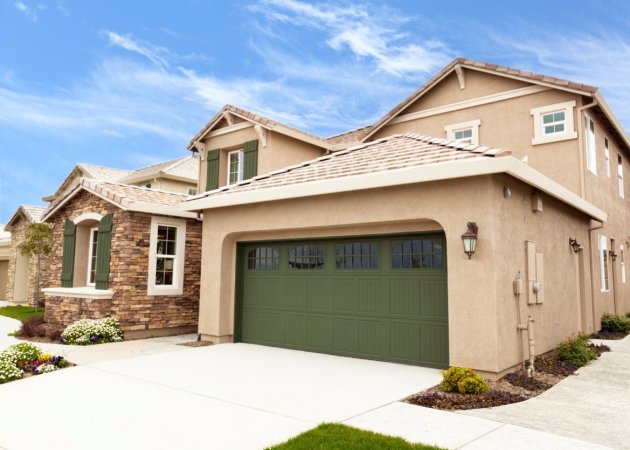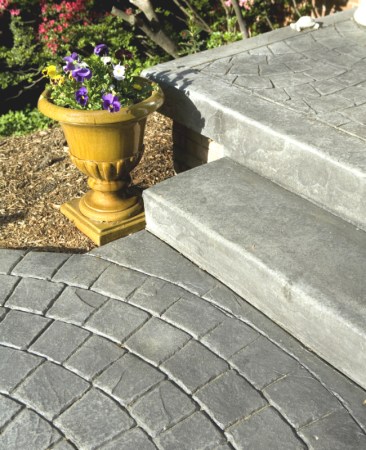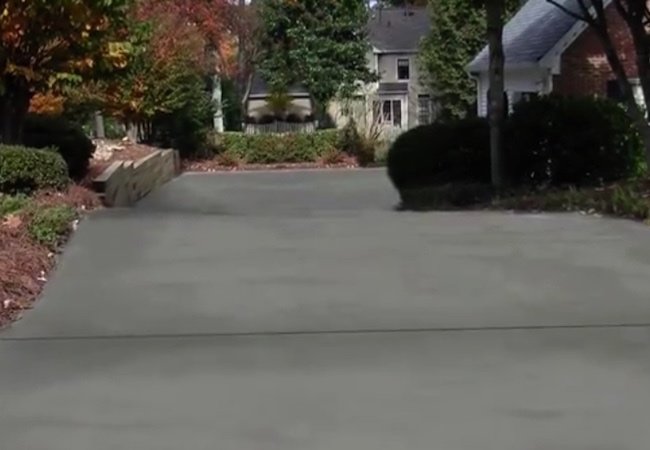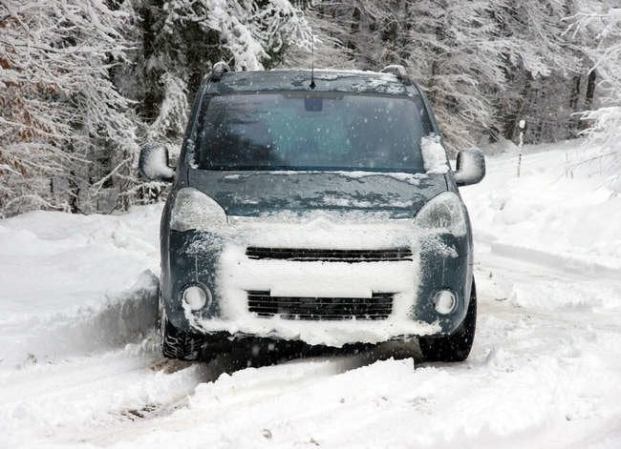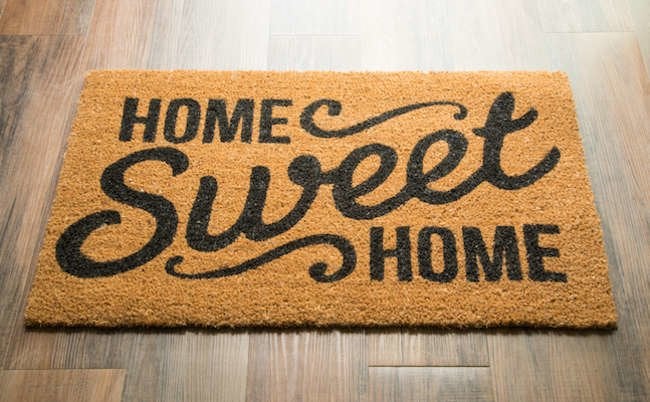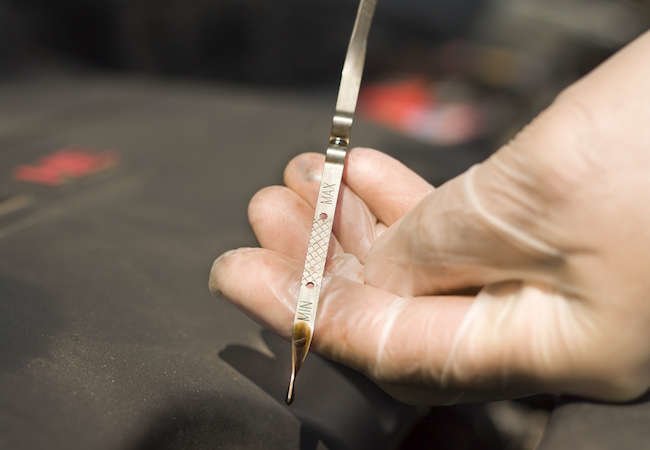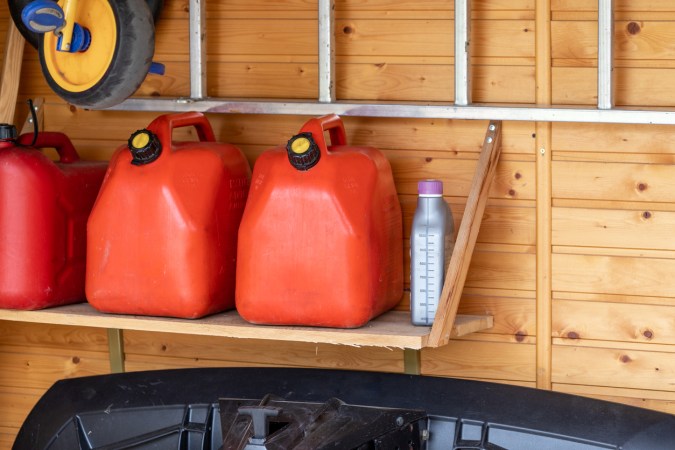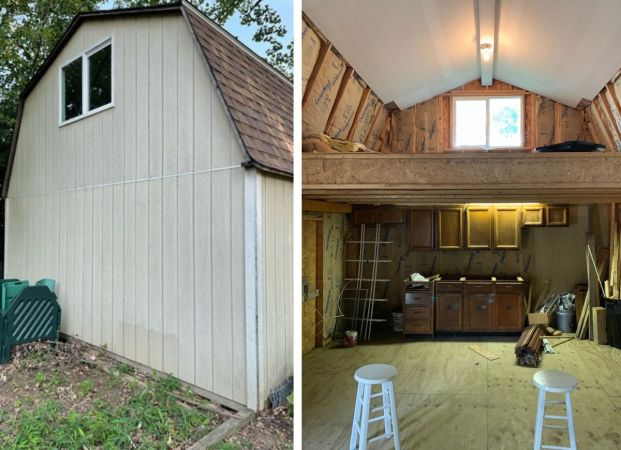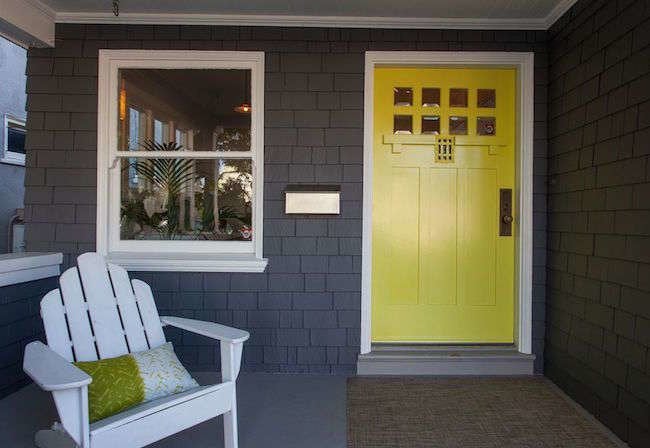We may earn revenue from the products available on this page and participate in affiliate programs. Learn More ›
Q: Parts of my concrete driveway are flaky, cracked, and pitted. How do I halt the deterioration and return the surface to its formerly pristine condition?
A: Its strength and durability make concrete a preferred material not only for driveways like yours, but for a range of applications, indoors and out. That said, though it can last for decades, concrete typically doesn’t endure without at least a modest amount of care and maintenance.
The good news? What you’re describing—a condition known as spalling—ranks high among the most common issues that afflict concrete. Here, the top layer of the concrete flakes away, leaving the surface patchy and pitted while exposing the aggregate underneath. If you ignore spalling, it eventually spreads, compromising the integrity of the surface until it is beyond repair, leaving you no recourse but to rip it out and start over.
If you tackle a spalling problem early on, it’s easy to remedy. After all, spalling starts out as a merely cosmetic imperfection caused by cold weather. When the temperature drops below freezing, moisture in the concrete tends to expand, creating internal pressure. Over the course of a winter, or over the course of years, as the internal pressure rises and falls, it stresses the surface layer of the concrete, which leads to spalling.
The fix typically involves nothing more than applying a new surface layer to give your driveway a smooth, like-new appearance (and to protect it against future damage). This repair doesn’t require any special skills or previous experience working with concrete. You just need to equip yourself with the right materials and follow the simple steps outlined below.
Choose a concrete resurfacing product.
Specially formulated to restore lackluster concrete, resurfacing products like Rapid Set NewCrete (available from The Home Depot) make it quick and easy for homeowners to address spalling on their own, without having to hire a contractor. The resurfacing material simply spreads over the existing, spalled concrete surface to create a fresh, flawless finish.
NewCrete in particular stands out, because it simplifies and speeds up the process. For one thing, it rarely requires the use of primer. For another, you can consider the job done as soon as the product has been applied, because in most conditions, NewCrete cures all by itself. You can return to regular use of your driveway after only 60 to 90 minutes.
Thoroughly clean the driveway surface.
First things first: Thoroughly clean the driveway by means of a pressure washer, using the high-powered tool to remove dirt, dust, and debris—really, any extraneous material that could potentially interfere with adhesion and bonding. Remember, if you don’t own a pressure washer, you can rent one for a half day at your local home improvement store. (In some situations, a hand grinder may be needed for proper preparation before using the pressure washer.)
Ready your tools and materials.
Next, check the weather: If the temperature isn’t below 50 degrees, you can move forward with confidence. Not many tools are needed—only a long-handled squeegee (view example on Amazon) and a cordless drill chucked with a paddle-type mixer (view example on Amazon). Get everything together before you begin so you don’t have to waste any time midway through the job. Once your tools are in place, you’re ready to mix and apply the resurfacer.
Mix and apply the resurfacer.
In a bucket, tub, or wheelbarrow, combine the resurfacer with water in the ratio recommended by the manufacturer. Then, using your drill-mounted paddle attachment, mix the two until you’ve achieved a lump-free consistency similar to that of pancake batter. (If it seems too thick, add a bit more water; if it’s too thin, put in some more of the mix.) Next, after lightly dampening the driveway, prefill any cracks or holes with a small amount of the mixture. With that done, pour the rest of the resurfacer onto the driveway and, with your long-handled squeegee, push and pull the material across the surface to create an even layer up to an eighth of an inch thick.
Believe it or not, that’s all it takes to deal with spalling on your driveway—or your patio, walkway, or garage floor slab. Indeed, you can use resurfacer to revive just about any worn-out concrete surface.
In especially dry, windy, or hot conditions, it may be necessary to mist the area while the resurfacer gains strength. But if you’ve chosen the right day for the project, you can apply resurfacer, drive off to do errands, and then return a little later and park your car on a pristine, perfectly smooth driveway. Welcome home!
This post has been brought to you by CTS Cement | Rapid Set. Its facts and opinions are those of BobVila.com.

